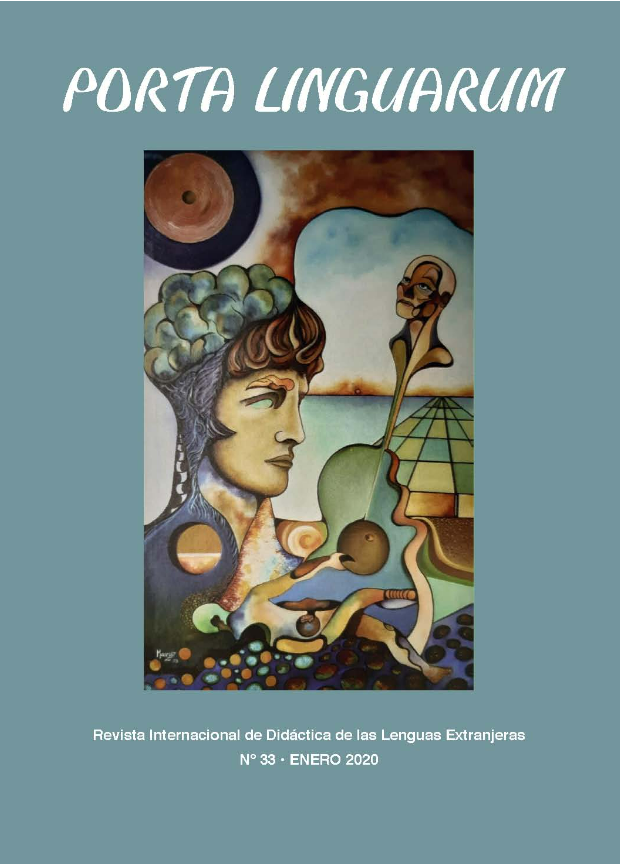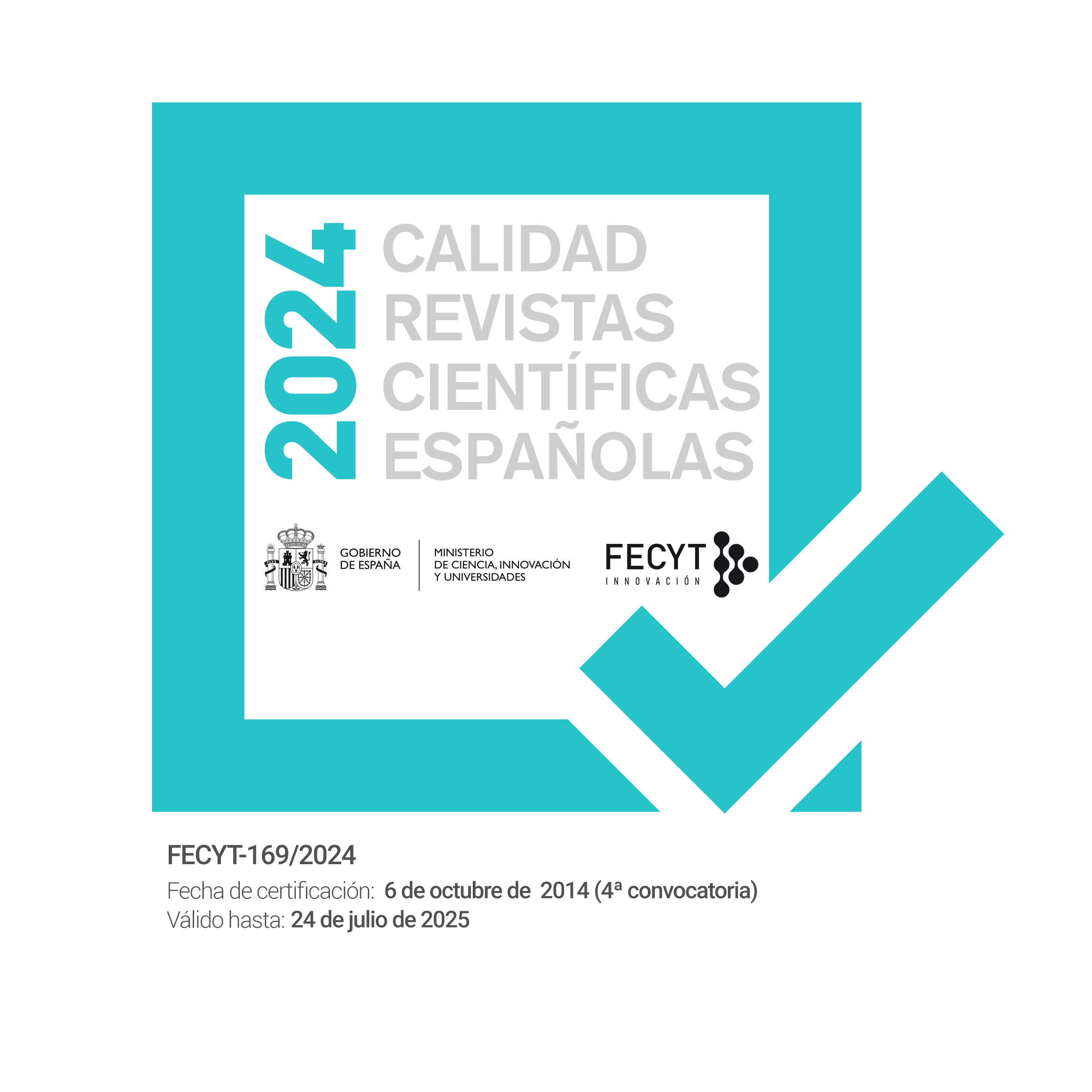Needs analysis in course design: converging learners’, instructors’ and developers’ voices
DOI:
https://doi.org/10.30827/portalin.vi33.26642Keywords:
triangulation, needs analysis, course design, materials evaluation, studentcen-terednessAbstract
Needs analysis (NA), which is considered central to English for Academic Purposes course development, normally precedes course design. It includes the identification of potential students’ motivation, needs and lacks. However, this approach has such drawbacks as present-moment orientation and distortion of results due to learners’ misconceptions and set beliefs. This paper demonstrates that needs analysis can be extended to the materials evaluation stage and account for the needs identified by language learners, course developers and language teachers, thus mitigating possible distortions. The methods implemented in the needs analysis in focus involved surveys and questionnaires administered to potential learners at different stages of course design, questionnaires for teachers, and the authors’ understanding of the learners’ characteristics and the environment they function in. It is illustrated how the triangulation of NA sources assisted in developing new and improving existing materials in the international “English for Academics” project. Needs analysis is process-oriented and multidimensional when it penetrates the course design process, actively engaging all the parties such as course developers, potential learners and instructors. It allows course designers to introduce improvements on different levels and to meet the needs of all the participants.
Downloads
References
Baek, E., Cagiltay, K., Boling, E., & Frick, T. (2008). User-Centered design and development. In M.J. Spector (Ed.), Handbook of research on international communication and technology: A project of the Association for International Communication and Technology (pp. 659-670). State University of San Bernando, California.
Balzhiser, D., Sawyer, P., Womack-Smith, Sh., & Smith, J.A. (2015). Participatory design research for curriculum development of draduate programmes for workplace professionals. Programmatic Perspectives, 7, 79-133.
Bezzabotnova, O., Bogolepova S., Gorbachev, V., Groza, O., Ivanova, A., Kuzmina, T., Kuznetsova, L., Oschepkova, T., Pervukhina, I., Shadrova E., Shelenkova, I., & Suchkova, S. (2014). English for academics. Book 1. Cambridge University Press.
Bhatia, V.K. (1983). Simplification v. easificatiom - the case of legal texts. Applied Linguistics, 4(1), 42-54.
Bogolepova, S. (2016). Textbook evaluation as a means of discovering learners’ and teachers’ needs. Journal of Language and Education, 2/4, 14-23. https://doi.org/10.17323/2411-7390-2016-2-4
Bogolepova, S., Gorbachev, V., Groza, O., Shadrova, E., Suchkova, S., Kuznetsova, L., Oschepkova, T., Ivanova, A., & Pervukhina, I. (2015). English for academics. Book 2. Cambridge University Press.
Bolitho, R., Carter, R., Hughes, R., Ivanic, R., Masuhara, H., & Tomlinson B. (2003). Ten questions about language awareness. ELT Journal, 57/3, 251-259. https://doi.org/10.1093/elt/57.3.251
Coleman, H. (1988). Analysing language needs in large organisations. English for Specific Purposes, 7, 155-169.
Council of Europe (1996). Common European framework of reference for languages: Learning, teaching, assessment (CEFR). Council of Europe.
Coxhead, A. (2000). A new academic word list. TESOL Quarterly, 34 (2), 213-238.
Deutch, Y. (2003). Needs analysis for academic legal English courses in Israel: A model of setting priorities. Journal of English for Academic Purposes, 2, 125-146. https://doi.org/10.1016/S1475-1585(03)00013-4
Drager, K. (2014). Experimental methods in sociolinguistics. In J. Holmes, & K. Hazen (Eds.) Research methods in sociolinguistics (pp. 58-73). Chichester: John Wiley&Sons.
Dudley-Evans, T., & St John, M.J. (1998). Developments in English for specific purposes: A multi-disciplinary approach. Cambridge University Press.
Flowerdew, J., Peacock, M. (2001). Issues in EAP: A preliminary perspective. In J. Flowerdew, & M. Peacock (Eds.) Research perspectives on English for Academic Purposes (pp. 8-24). Cambridge University Press.
Flowerdew, L. (2013). Needs analysis in curriculum development in ESP. In B. Paltridge, & S. Starfield (Eds.) The handbook of English for specific purposes (pp. 325-346). Chichester: Wiley-Blackwell.
Frumina, E., West, R. (2012). Internationalisation of Russian higher education: The English language dimension. Moscow: British Council.
Helmer, K. (2013). Critical English for academic purposes: Building on learner, teacher, and programme strengths. Journal of English for Academic Purposes, 12, 273-278. https://doi.org/10.1016/j.jeap.2013.08.003
Holliday, A. (1995). Assessing language needs within an institutional context: An ethnographic approach. English for Specific Purposes, 14, 115-126.
Holliday, A., & Cooke, T. (1983). An ecological approach to ESP. In A. Waters (Ed.) Issues in ESP. Lancaster practical papers in English language education (pp. 123-143). Pergamon Press.
Hyland, K. (2008). As can be seen: Lexical bundles and disciplinary variation. English for Specific Purposes, 27 (1), 4-21. https://doi.org/10.1016/j.sbspro.2014.03.473
Hyland, K. (2006). English for Academic Purposes. An advanced resource book. New York: Routledge.
Hyland, K. (2009). Teaching and researching writing. (2nd ed.). Harlow: Pearson Education Limited.
Hutchinson, T., & Waters, A. (1997). English for Specific Purposes. A learning-centered approach. Cambridge University Press.
Jolly, D., & Bolitho, R. (2011). A Framework for materials writing. In B. Tomlinson (Ed.), Materials development in language teaching (pp. 107-134). Cambridge University Press.
Jordan, R.R. (1997). English for Academic Purposes. Cambridge University Press.
Jordan, R.R. (2002). The Growth of EAP in Britain. Journal of English for Academic Purposes, 1, 69-78. https://doi.org/10.1016/S1475-1585(02)00004-8
Knowles, M.S. (1984). Andragogy in action: Applying modern principles of adult education. San Francisco: Jossey-Bass.
Knowles, M.S. (1990). The adult learner: A neglected species. Houston: Gulf Publishing Company.
Liu, J.-Y., Chang, Y.-J., Yang, F.-Y., & Sun, Y.-C. (2011). Is what I need what I want? Reconceptualising college students’ needs in English courses for general and specific/academic
purposes. Journal of English for Academic Purposes, 10, 271-280. https://doi.org/10.1016/j.jeap.2011.09.002
Long, M. (2005). Second language needs analysis. Cambridge: Cambridge University Press.
Nunan, D. (2013). Learner-Centered English language classroom. Routledge.
Read, J. (2008). Identifying academic language needs through diagnostic assessment. Journal of English for Academic Purposes, 7, 180-190. https://doi.org/10.1016/j.jeap.2008.02.001
Richards, J. (2001). Curriculum development in language teaching. Cambridge University Press.
Richards, J., & Schmidt, R. (2010). Longman dictionary of language teaching and applied linguistics. (4th ed.). Pearson.
Robinson, P. (1991). ESP today: A practitioner’s guide. Prentice Hall.
Serafini, E., Lake, J., & Long, M. (2015). Needs analysis for specialized learner populations: Essential methodological improvements. English for Specific Purposes, 40, 11-26. https://doi.org/10.1016/j.esp.2015.05.002
Sifakis, N.C. (2003). Applying the adult education framework to ESP curriculum development: An integrative model. English for Specific Purposes, 22(2), 195-211. https://doi.org/10.1016/S0889-4906(02)00008-X
Youn, S.J. (2018). Task-based needs analysis of L2 pragmatics in an EAP context. Journal of English for Academic Purposes, 36, 86-98. https://doi.org/10.1016/j.jeap.2018.10.005



















